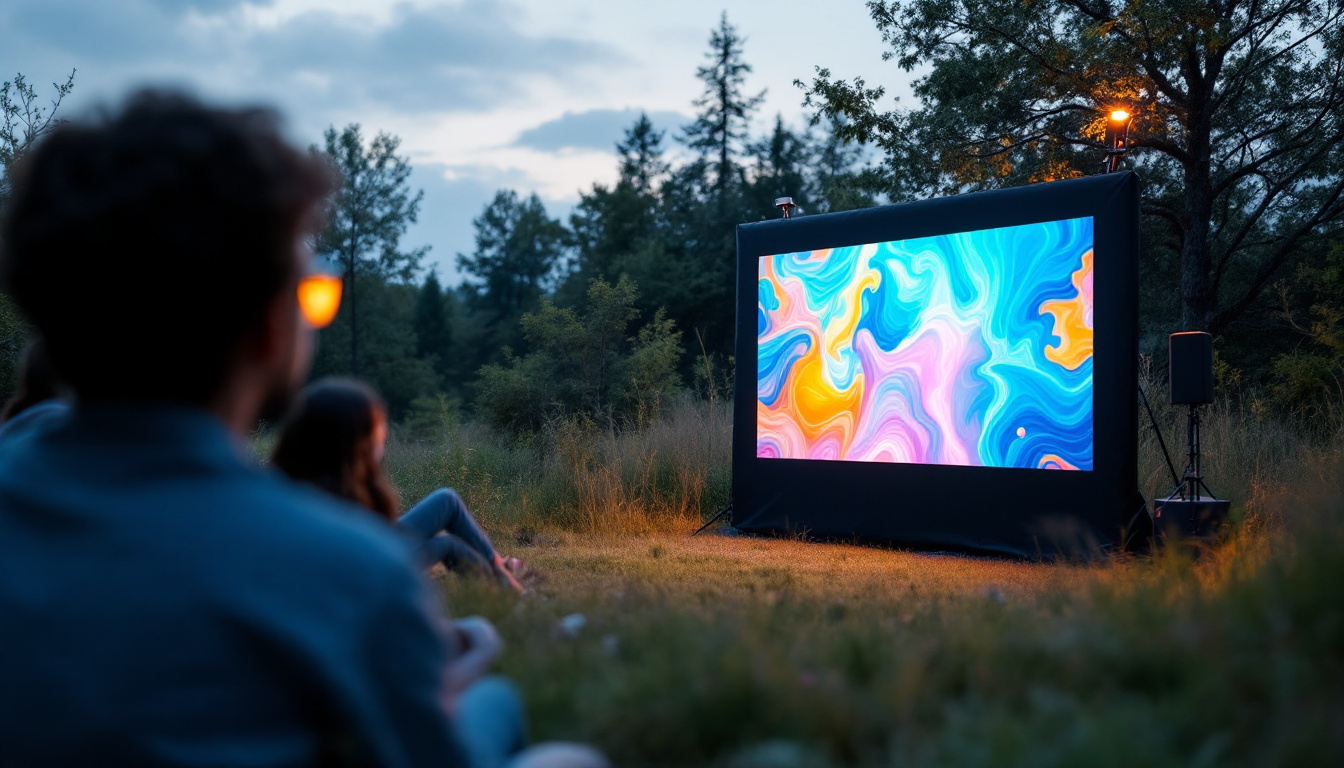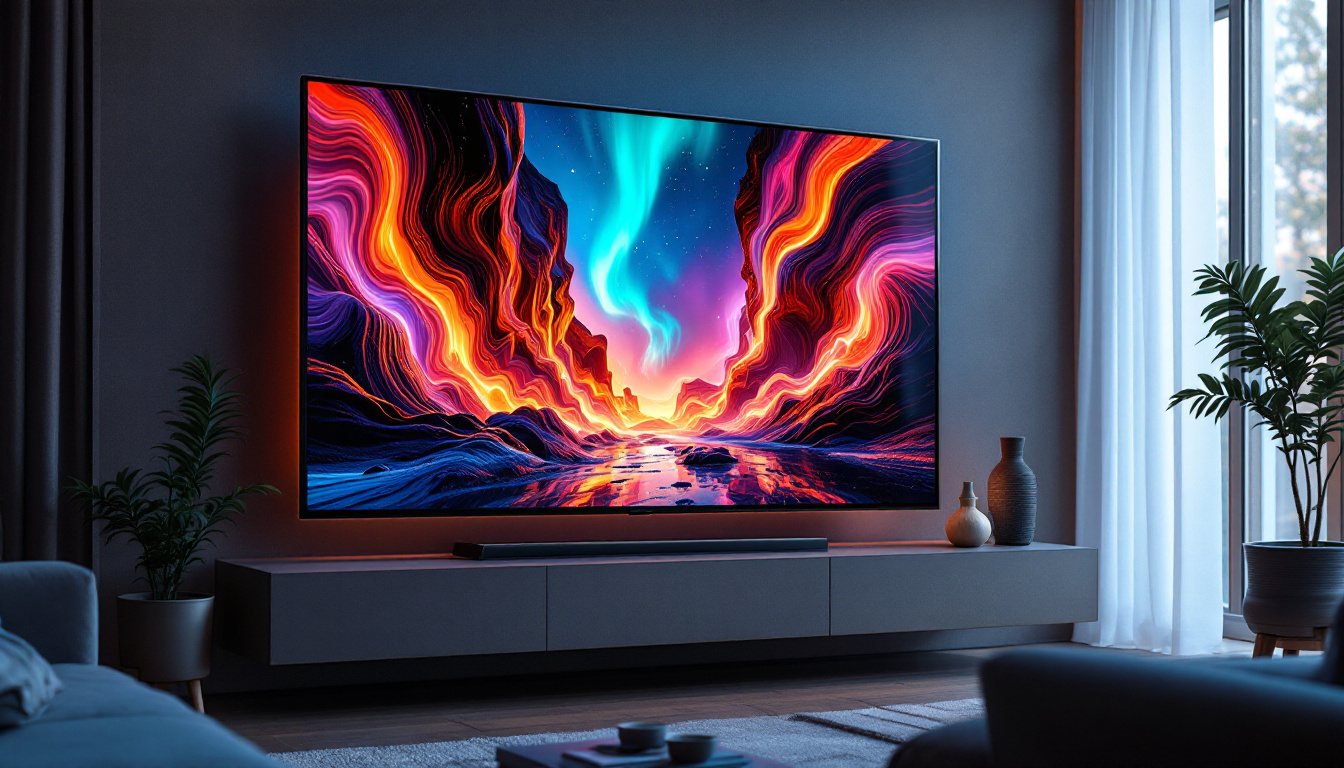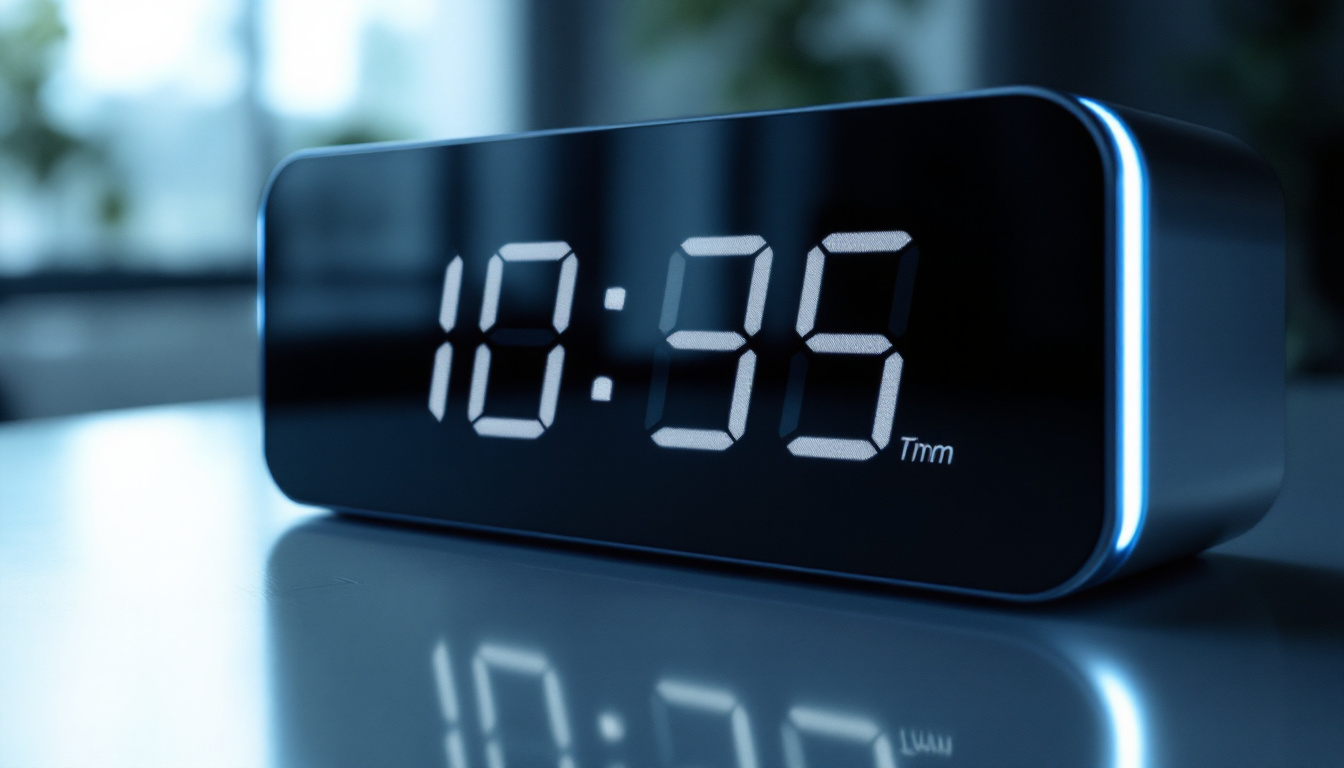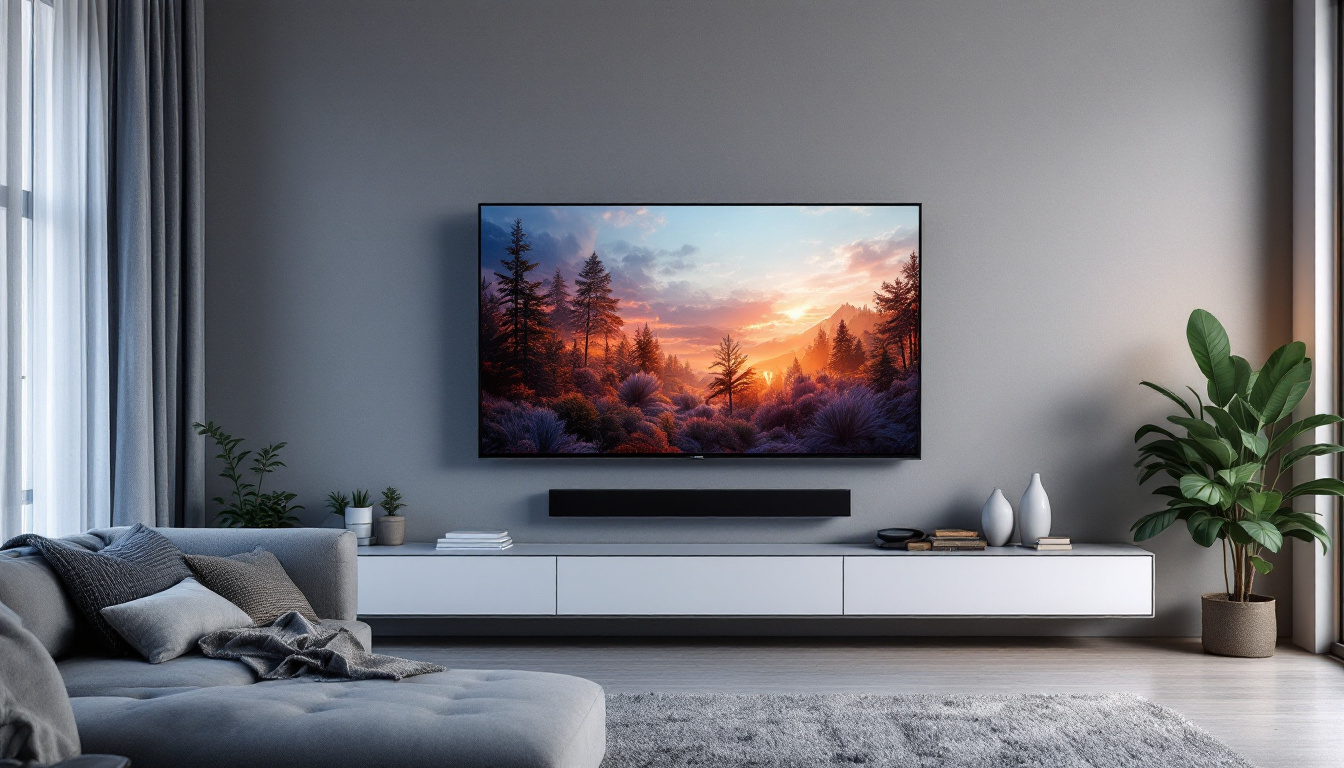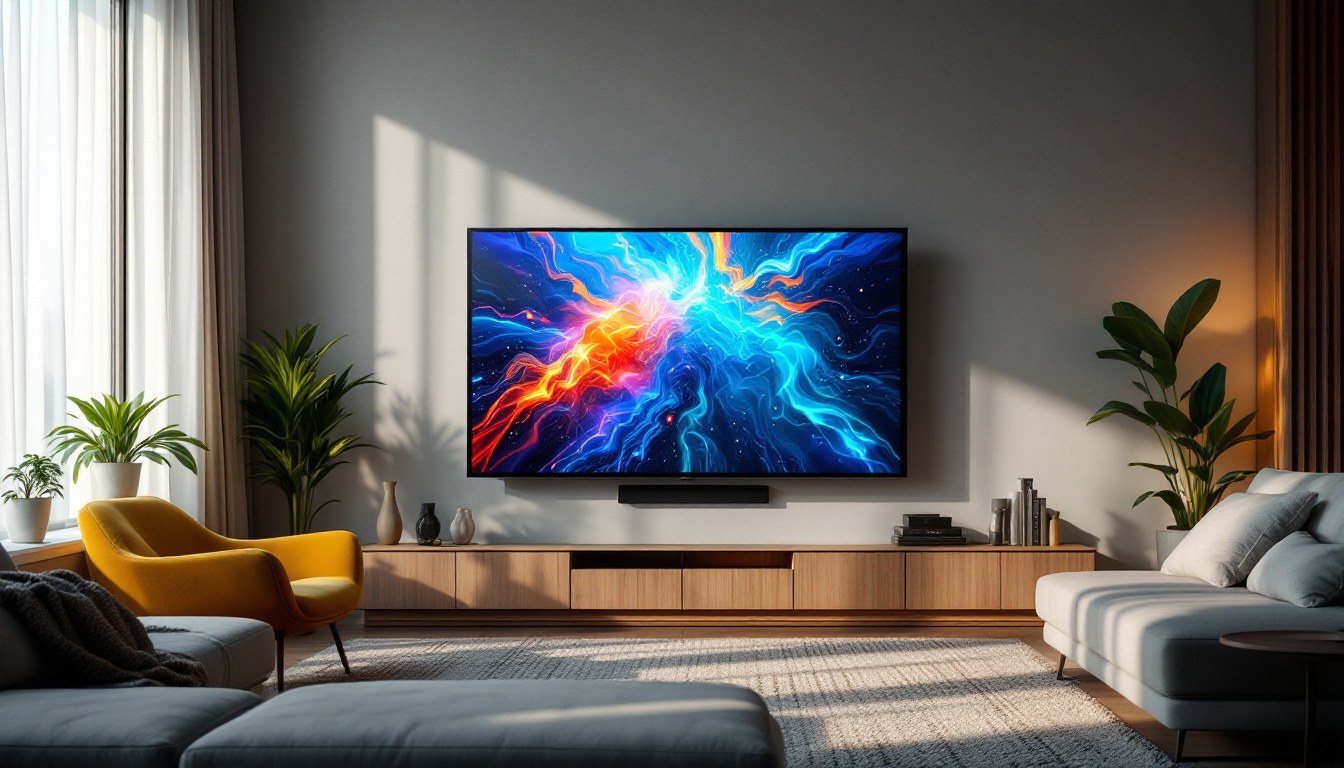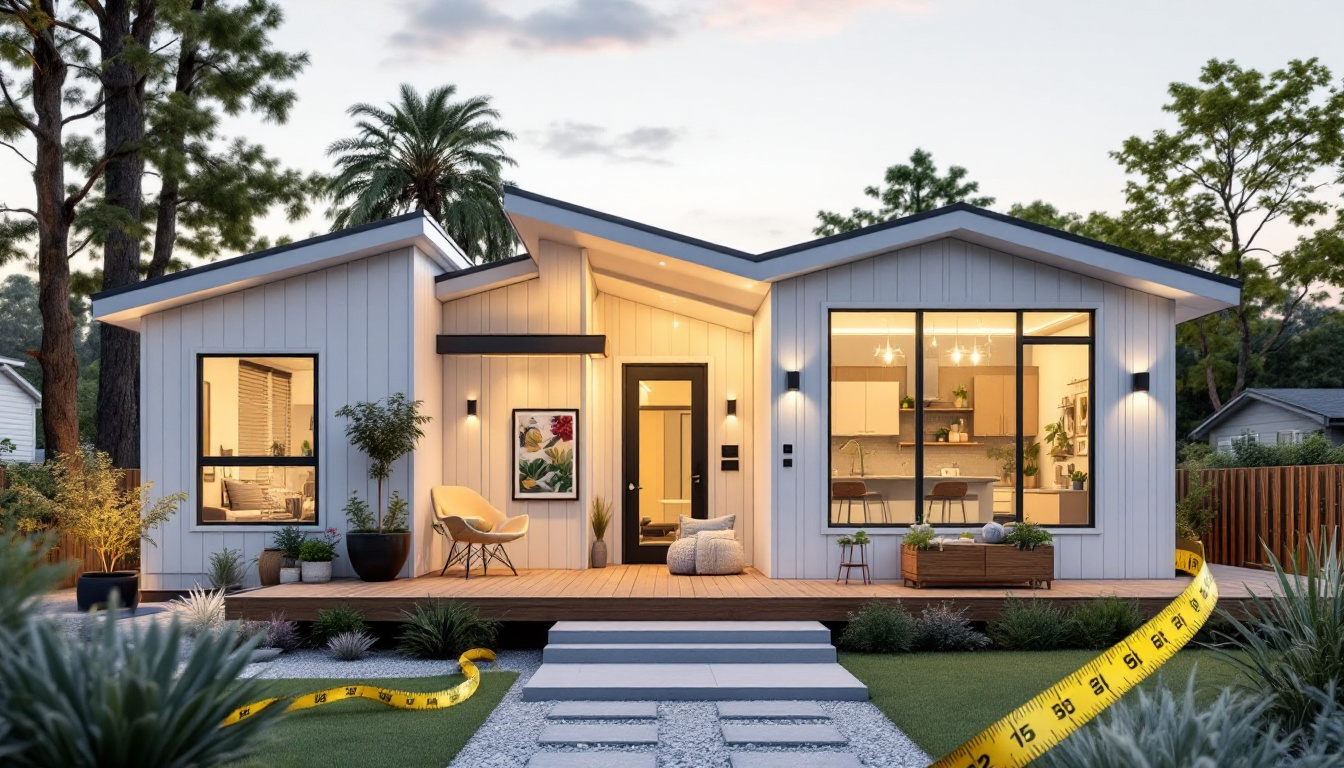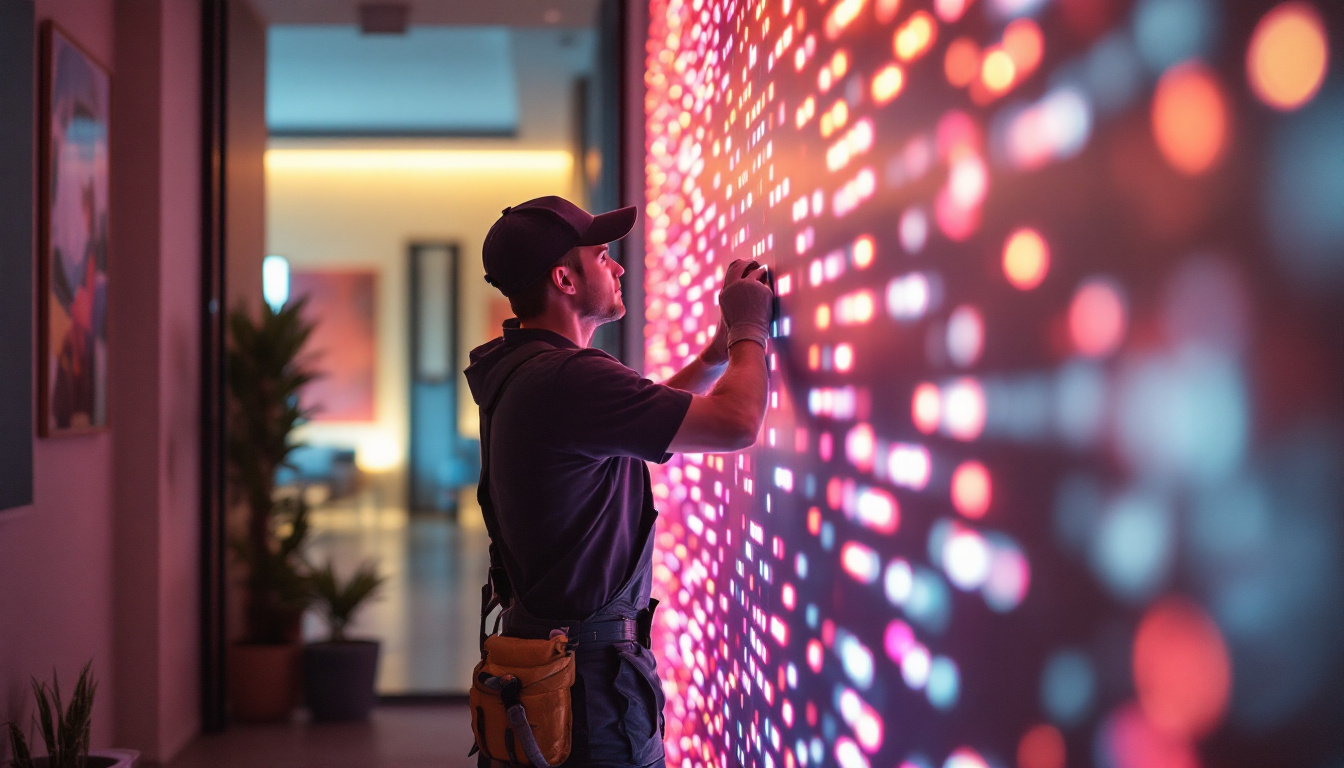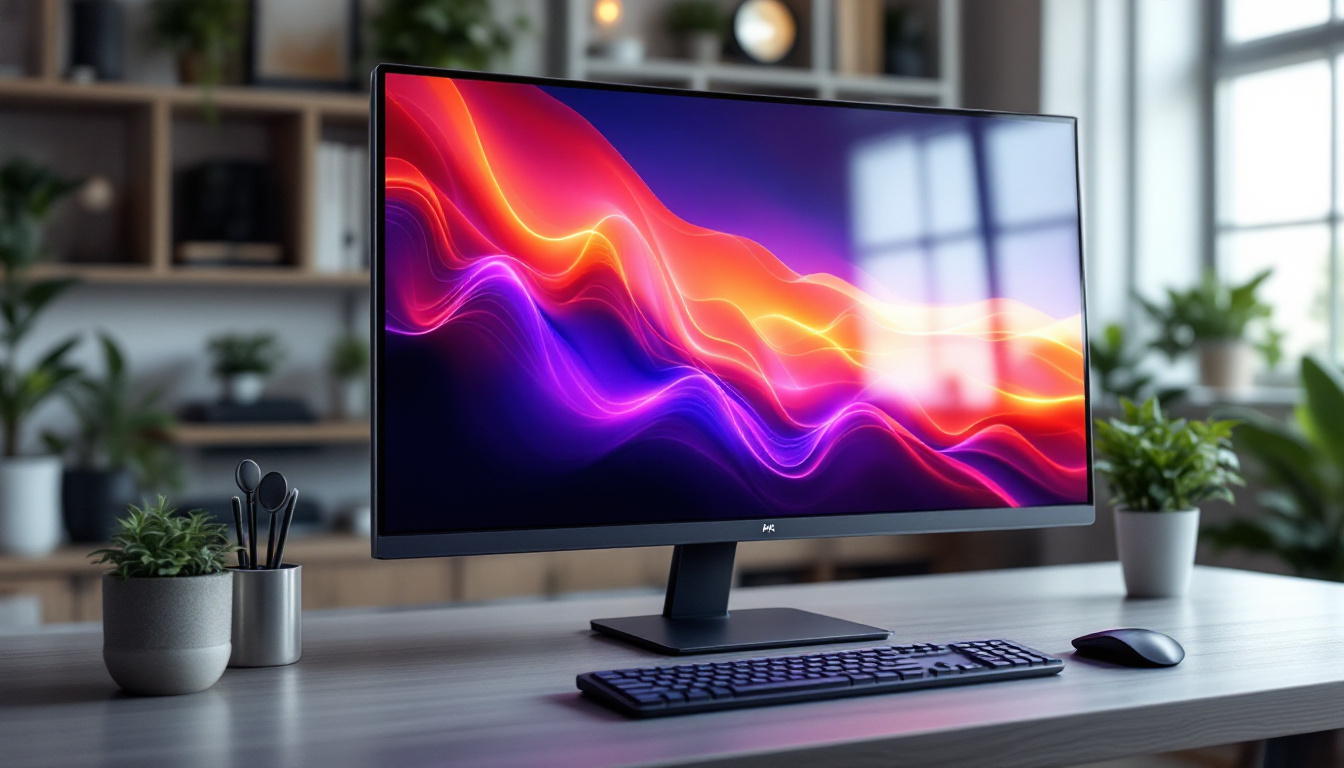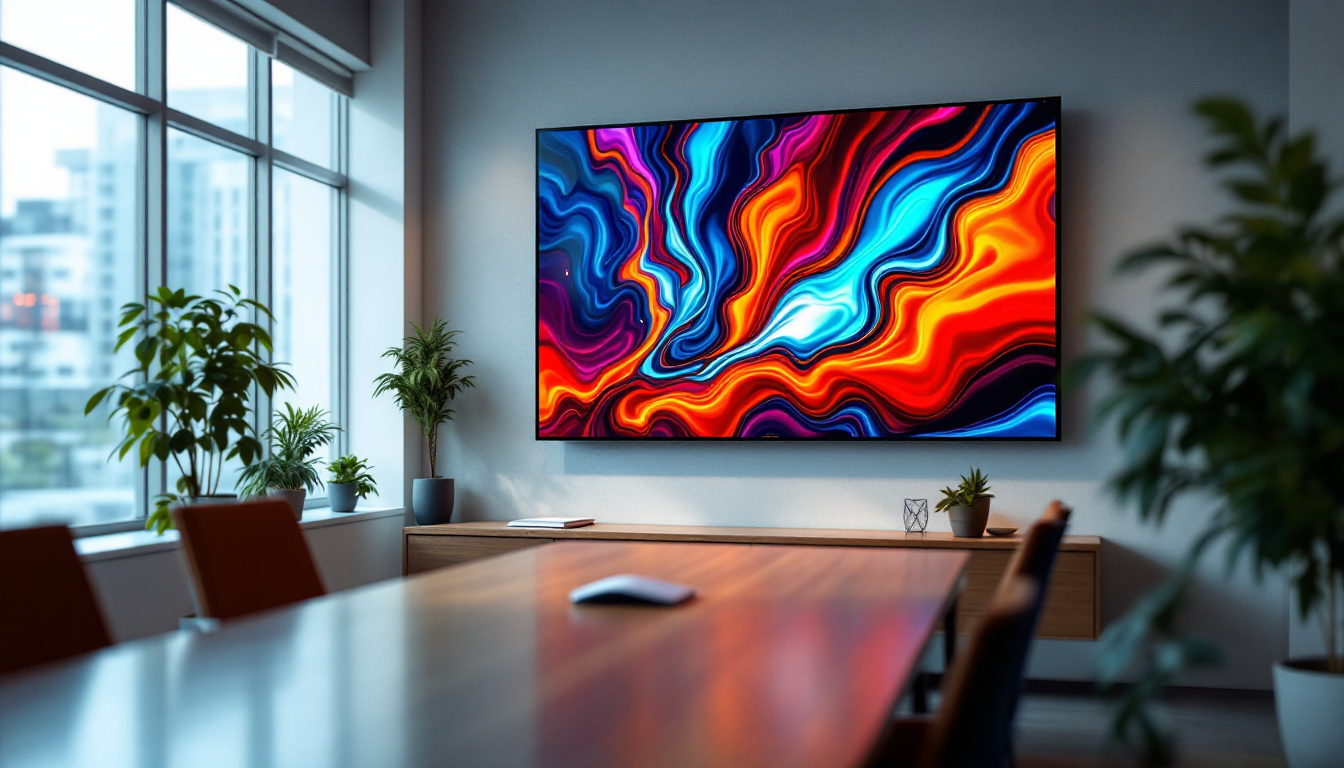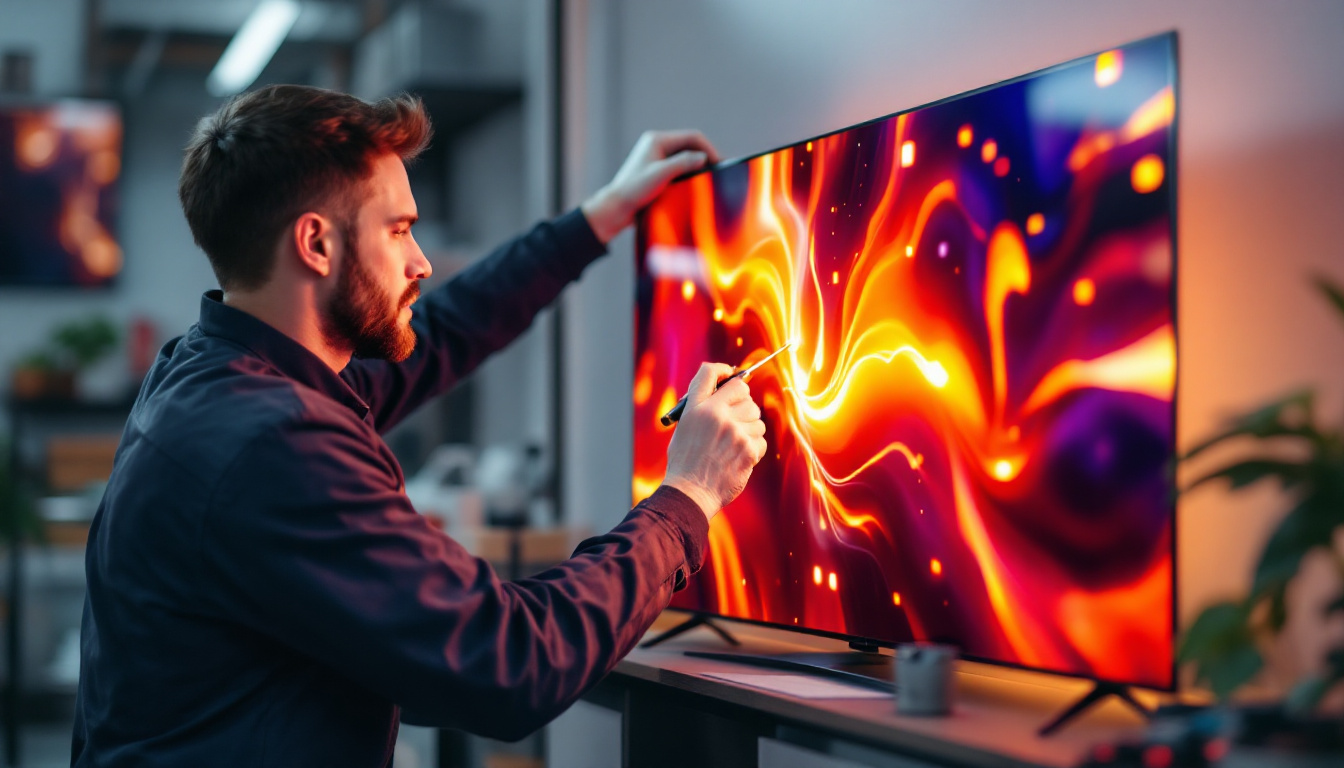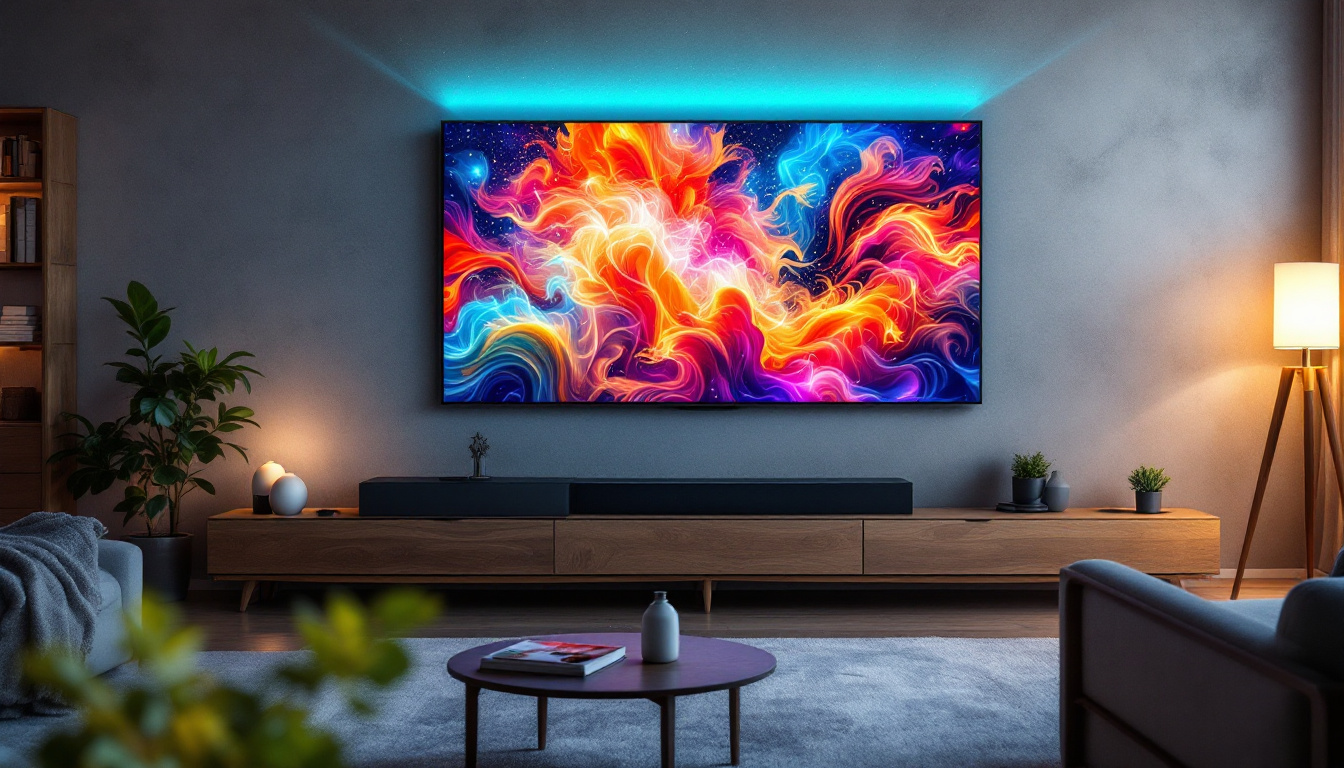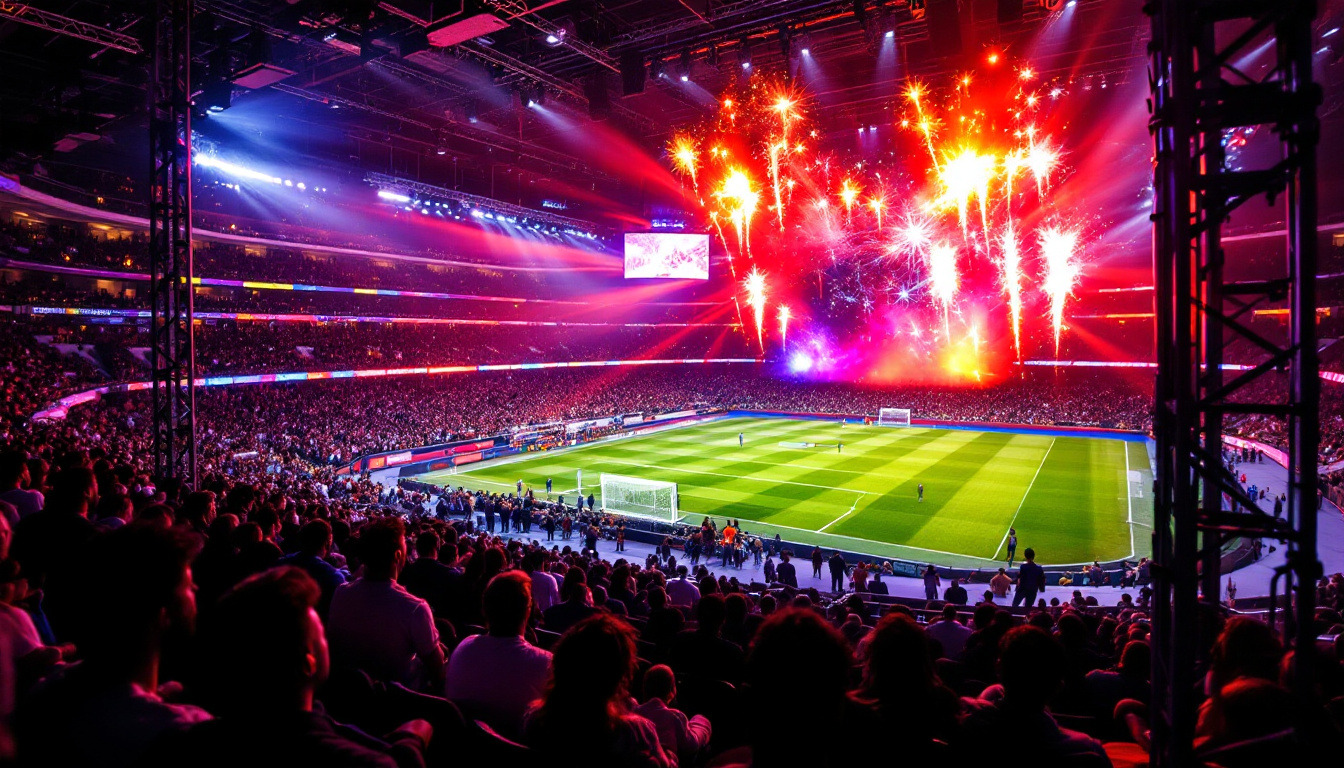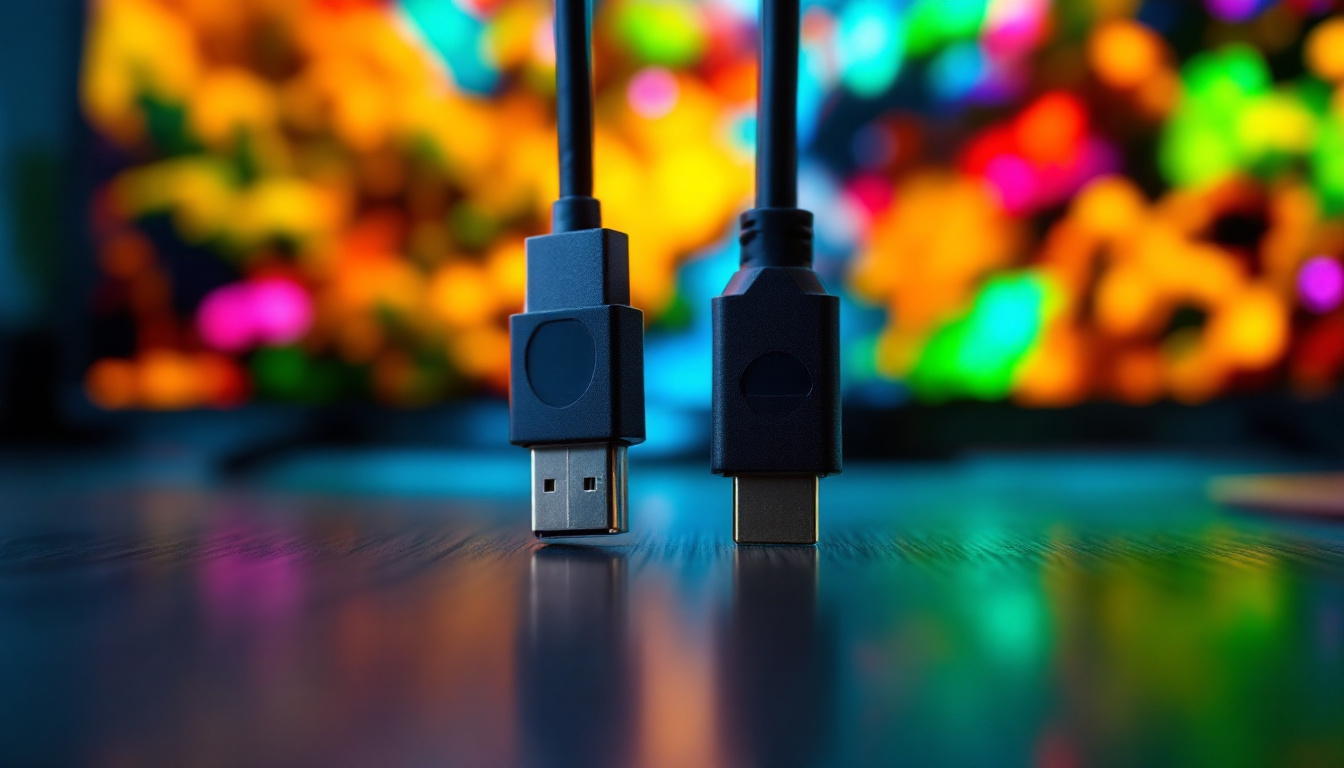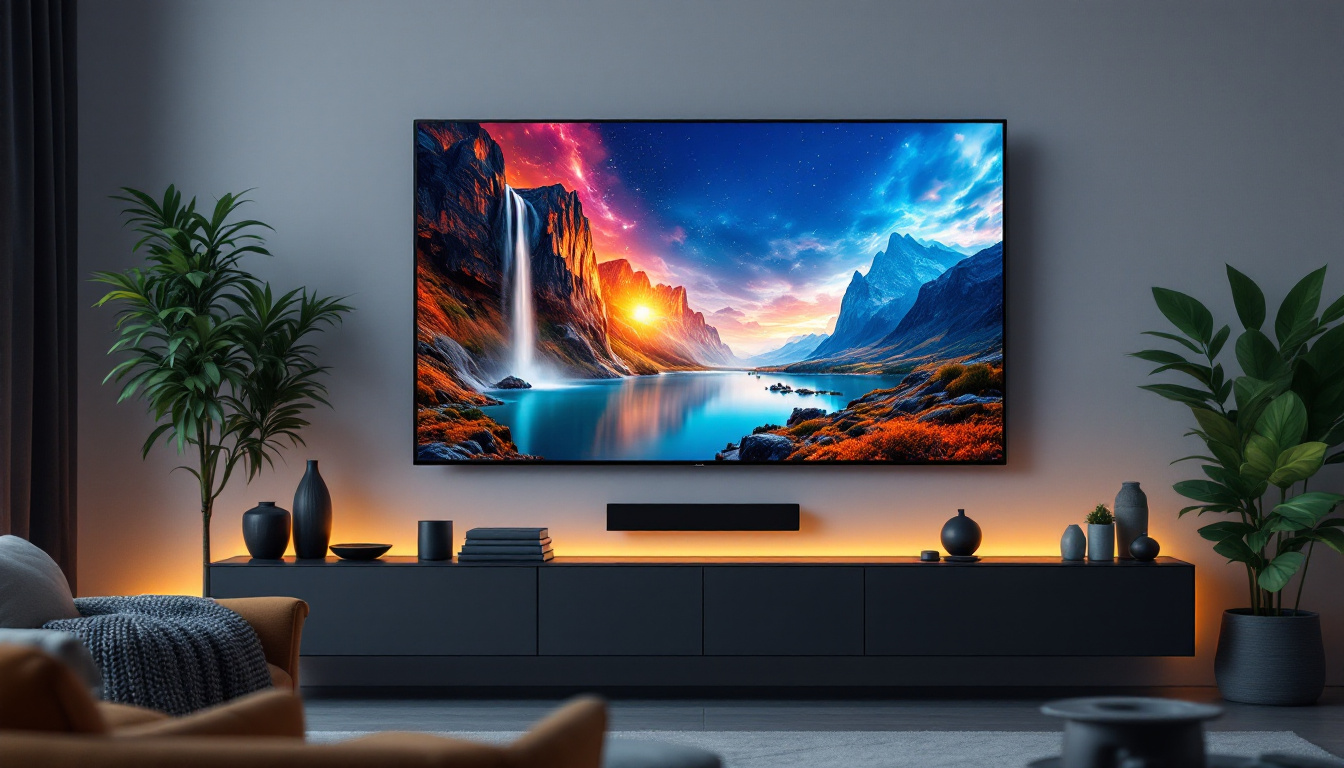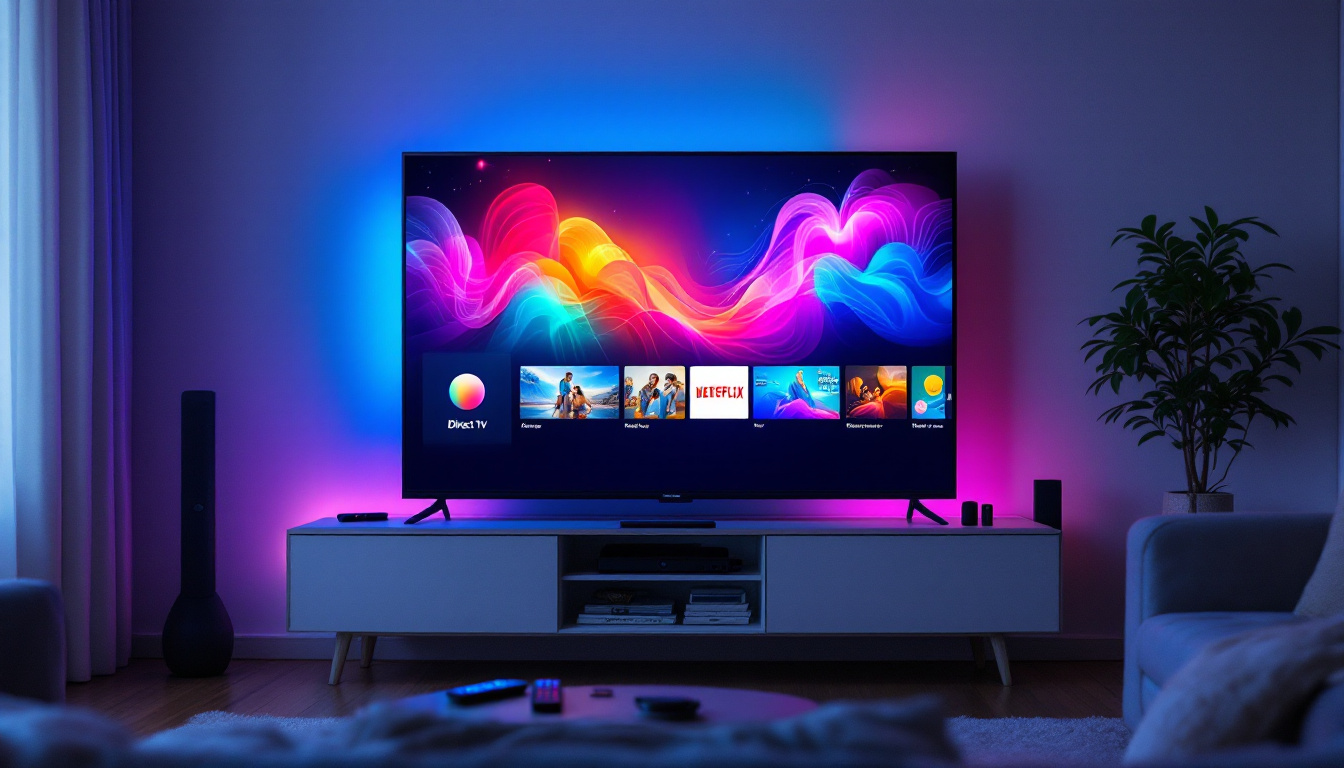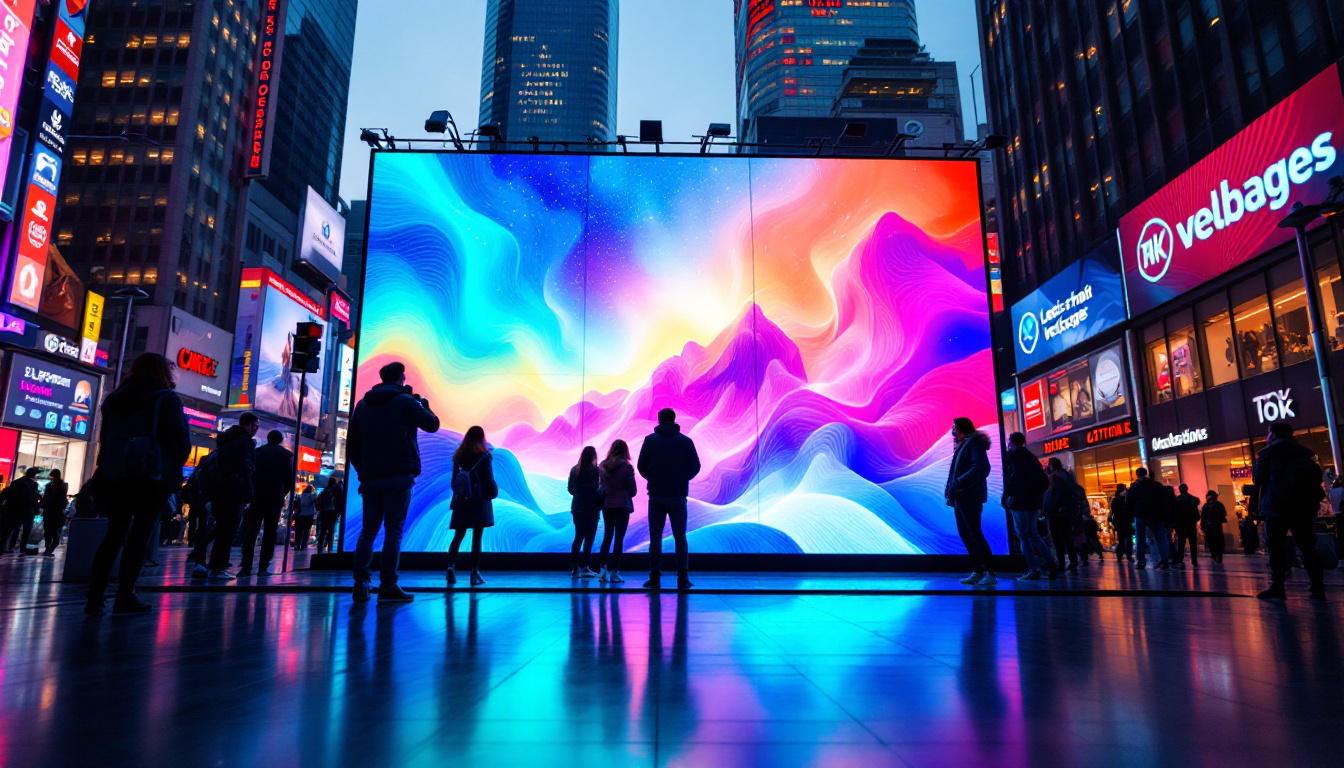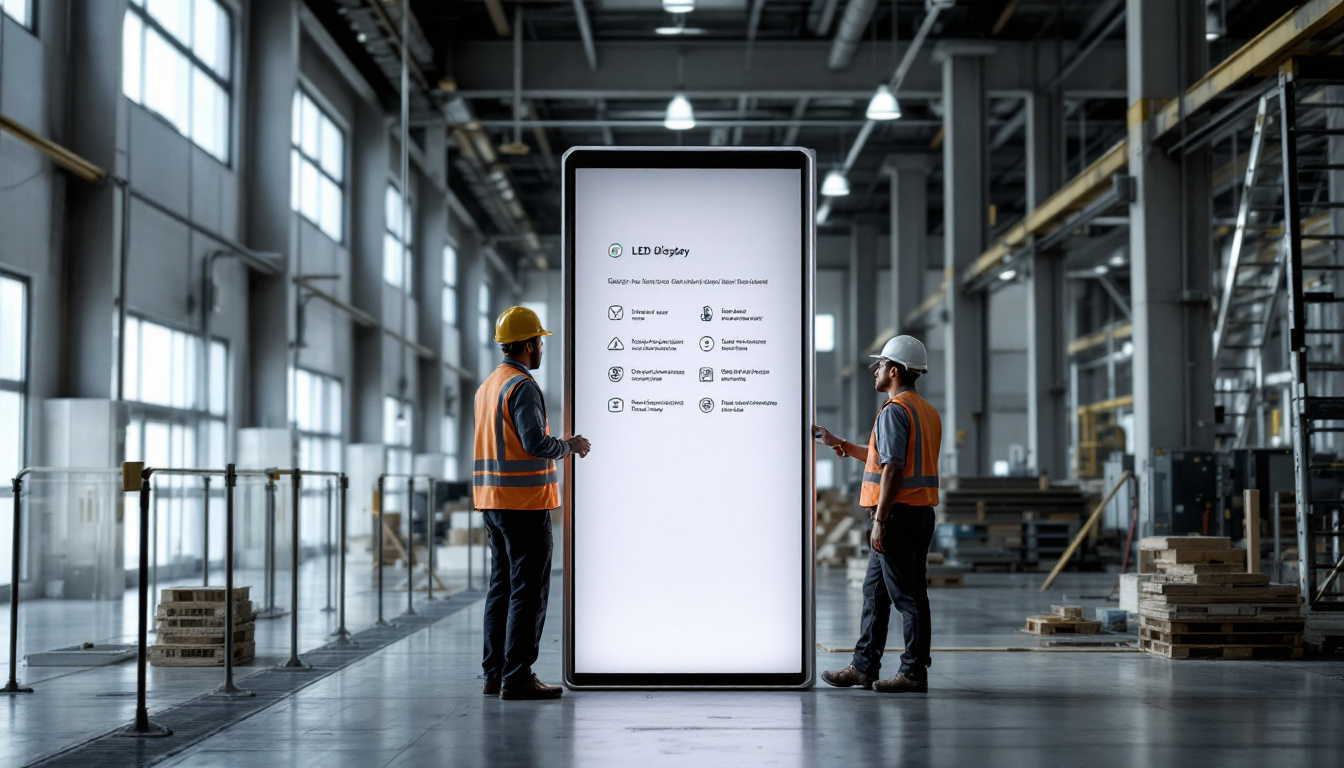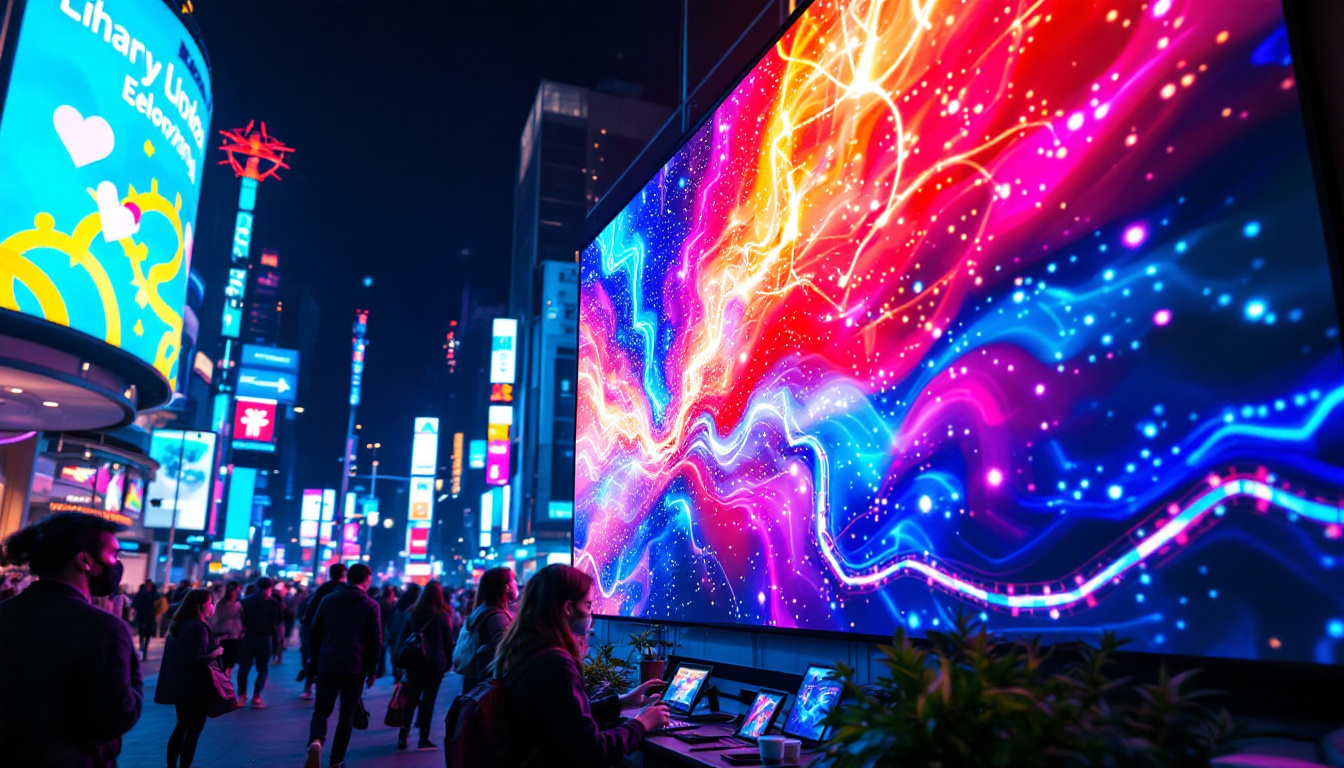In the realm of visual technology, the portable projector screen has emerged as a versatile solution for both personal and professional use. With advancements in LED display technology, these screens have become increasingly popular for presentations, movie nights, and outdoor events. This article delves into the intricacies of portable projector screens, focusing on LED displays, their benefits, and how to choose the right one for your needs.
Understanding Portable Projector Screens
Portable projector screens are designed for easy transport and setup, making them ideal for various environments, from classrooms to outdoor gatherings. These screens come in different materials and sizes, catering to diverse viewing needs. The convenience of portability allows users to create an immersive viewing experience wherever they go. Whether you’re a teacher looking to present a lesson, a business professional conducting a presentation, or a movie enthusiast hosting a backyard film night, the right portable projector screen can significantly enhance the visual experience.
In addition to their practicality, portable projector screens also offer versatility in terms of usage. Many models are designed to be compatible with different types of projectors, ensuring that users can achieve the best possible image quality regardless of the equipment at hand. Furthermore, advancements in technology have led to screens that can reduce glare and enhance brightness, making them suitable for both indoor and outdoor settings. This adaptability means that users can enjoy a high-quality viewing experience in various lighting conditions, whether it’s a dimly lit conference room or a sunny backyard.
Types of Portable Projector Screens
There are several types of portable projector screens available on the market, each with its unique features and benefits. The most common types include:
- Tripod Screens: These screens are mounted on a tripod stand, allowing for quick setup and takedown. They are lightweight and easily adjustable, making them suitable for various viewing heights. Tripod screens are particularly popular among traveling professionals who need a reliable option that can be set up in minutes.
- Pull-Down Screens: These screens can be pulled down from a casing, similar to a roller blind. They are often used in classrooms and conference rooms, providing a sleek appearance when not in use. Pull-down screens are also favored for their ability to retract, which helps protect the screen surface from dust and damage.
- Inflatable Screens: Ideal for outdoor movie nights, inflatable screens are easy to set up and take down. They require a fan to keep them inflated and are typically larger than other types. The sheer size of inflatable screens can create a cinematic experience that rivals traditional theaters, making them a favorite for community events and family gatherings.
Key Features to Consider
When selecting a portable projector screen, several features should be considered to ensure optimal performance:
- Screen Material: The material affects the screen’s reflectivity and color accuracy. Options include matte white, gray, and specialized materials for outdoor use. For instance, a gray screen can enhance contrast in bright environments, while a matte white surface is ideal for controlled lighting conditions.
- Aspect Ratio: Common aspect ratios include 16:9 for widescreen and 4:3 for traditional formats. The choice depends on the type of content being displayed. Additionally, some screens offer adjustable aspect ratios, providing flexibility for various media formats.
- Size: Portable screens come in various sizes, typically ranging from 80 inches to over 120 inches diagonally. The size should match the viewing distance and audience size. Larger screens can accommodate bigger groups, while smaller screens are perfect for intimate settings or personal use.
Another important consideration is the screen’s setup mechanism. Some screens feature automatic or electric setups, allowing users to deploy the screen with the push of a button, which can be particularly beneficial in professional environments where time is of the essence. Additionally, portability can also be enhanced by the inclusion of carrying cases or built-in handles, making it easier to transport the screen between locations. As you explore the options available, it’s essential to weigh these features against your specific needs to find the perfect portable projector screen for your next presentation or viewing event.
The Role of LED Technology
LED technology has revolutionized the way images are displayed, offering brighter, more vibrant visuals compared to traditional projection methods. Understanding how LED displays work can help users appreciate their advantages in portable projector screens.
How LED Displays Work
LED displays utilize light-emitting diodes to create images. Unlike conventional projectors that rely on bulbs, LED projectors use a combination of red, green, and blue diodes to produce a full spectrum of colors. This technology allows for:
- Increased Brightness: LED displays are capable of producing higher brightness levels, making them suitable for various lighting conditions, including well-lit environments.
- Longer Lifespan: LED technology generally offers a longer lifespan than traditional bulbs, reducing the need for frequent replacements and maintenance.
- Energy Efficiency: LED displays consume less power, making them an environmentally friendly option.
Advantages of LED Portable Projector Screens
Choosing an LED portable projector screen comes with a host of benefits that enhance the viewing experience:
- Enhanced Color Accuracy: LED displays provide more accurate color reproduction, ensuring that images appear vibrant and true to life.
- Improved Contrast Ratios: The ability to produce deeper blacks and brighter whites results in better contrast, making images more dynamic.
- Versatility: LED projector screens are suitable for a variety of applications, from business presentations to home entertainment.
Choosing the Right Portable Projector Screen
Selecting the right portable projector screen involves considering several factors that align with the intended use. Here are some key points to guide the decision-making process:
Determine Your Needs
Understanding the primary purpose of the projector screen is crucial. For instance, if the screen will primarily be used for outdoor movie nights, an inflatable screen may be the best choice due to its size and ease of setup. Conversely, for business presentations, a tripod or pull-down screen may be more appropriate.
Evaluate Your Space
The environment where the screen will be used plays a significant role in the selection process. Consider the following:
- Indoor vs. Outdoor: Outdoor settings often require larger screens with higher brightness levels to combat ambient light.
- Viewing Distance: The distance between the audience and the screen will affect the size and resolution needed for an optimal viewing experience.
- Lighting Conditions: Assess the lighting conditions of the space to determine the necessary brightness and screen material.
Budget Considerations
Portable projector screens come in a wide range of prices, influenced by size, material, and technology. Establishing a budget beforehand can help narrow down options. While it may be tempting to opt for the cheapest option, investing in a quality screen can significantly enhance the viewing experience and longevity of the product.
Setting Up Your Portable Projector Screen
Once the right portable projector screen has been selected, proper setup is essential for achieving the best results. Here are some tips to ensure a smooth setup process:
Location Selection
Choosing the right location is critical for optimal viewing. Look for a flat, stable surface that allows for easy projection. If using an outdoor screen, ensure it is positioned away from direct sunlight to prevent glare and enhance visibility.
Adjusting the Screen Height
Most portable screens offer adjustable height settings. Ensure that the screen is at eye level for the audience to provide a comfortable viewing experience. This adjustment can make a significant difference in how the content is perceived.
Testing the Projection
Before the main event, it’s advisable to conduct a test run. Check the alignment and focus of the projector, ensuring that the image is clear and properly framed on the screen. This step can help identify any issues that may need to be addressed before the audience arrives.
Maintaining Your Portable Projector Screen
Proper maintenance of a portable projector screen can extend its lifespan and ensure consistent performance. Here are some maintenance tips:
Cleaning the Screen
Regular cleaning is essential to maintain image quality. Use a soft, lint-free cloth to gently wipe the screen surface. For stubborn stains, a mild soap solution can be applied. Avoid using harsh chemicals that may damage the screen material.
Storage Tips
When not in use, store the screen in a protective case or bag to prevent damage. Avoid exposing it to extreme temperatures or humidity, as these conditions can affect the screen’s integrity.
Regular Inspections
Periodically inspect the screen for any signs of wear and tear. Check for tears, creases, or other damage that may affect performance. Addressing these issues promptly can prevent further damage and ensure the screen remains in good condition.
Conclusion
Portable projector screens equipped with LED technology offer a remarkable solution for anyone seeking flexibility and quality in visual displays. By understanding the various types, features, and benefits of these screens, users can make informed decisions that enhance their viewing experiences. Whether for business presentations, educational purposes, or entertainment, investing in a quality portable projector screen can transform any space into a captivating visual environment.
As technology continues to evolve, the capabilities of portable projector screens will only improve, making them an essential tool for a wide array of applications. Embracing this technology can lead to enhanced presentations, memorable movie nights, and engaging educational experiences.
Discover LumenMatrix’s Advanced LED Display Solutions
Ready to elevate your visual experience with the latest in LED technology? LumenMatrix is at the forefront of innovation, offering a diverse range of LED display solutions tailored to meet your needs. From captivating Indoor and Outdoor LED Wall Displays to dynamic Vehicle and Sports LED Displays, our products are designed to make your message shine. Explore our cutting-edge LED Poster Displays, Floor LED Displays, and Custom LED solutions that promise to transform any space into an immersive visual spectacle. Experience the future of visual communication with LumenMatrix and check out our LED Display Solutions today.

